-
 Thanh toán đa dạng, linh hoạtChuyển khoản ngân hàng, thanh toán tại nhà...
Thanh toán đa dạng, linh hoạtChuyển khoản ngân hàng, thanh toán tại nhà... -
 Miễn Phí vận chuyển 53 tỉnh thànhMiễn phí vận chuyển đối với đơn hàng trên 1 triệu
Miễn Phí vận chuyển 53 tỉnh thànhMiễn phí vận chuyển đối với đơn hàng trên 1 triệu -
 Yên Tâm mua sắmHoàn tiền trong vòng 7 ngày...
Yên Tâm mua sắmHoàn tiền trong vòng 7 ngày...
Doctor's Best Benfotiamine, Non-GMO, Vegan, Gluten Free, Soy Free, Helps Maintain Blood Sugar Levels, 300 mg, 60 Veggie Caps (DRB-00270)
-

- Mã sản phẩm: B006HW5J9C
- (5899 nhận xét)

- Product Dimensions:2.13 x 2.13 x 3.75 inches; 1.92 Ounces
- Item Weight:1.92 ounces
- Manufacturer:Doctor's Best
- ASIN:B006HW5J9
- Country of Origin:USA
- Item model number:DRB-00270
- Customer Reviews:4.6 out of 5 stars 5,994Reviews
- Best Sellers Rank:#3,454 in Health & Household (See Top 100 in Health & Household) #1 in Vitamin B1 (Thiamine) Supplements #369 in Diet & Sports Nutrition #444 in Climate Pledge Friendly: Health and Household
- Is Discontinued By Manufacturer:No
- Date First Available:December 4, 2011

Description
Benfotiamine raises the blood level of thiamine pyrophosphate (TPP), the biologically active co-enzyme of thiamine. Thiamine and its co-enzyme, TPP thiamine (vitamin B1) plays an essential part in the metabolism of glucose, through actions of it co-enzyme TPP (thiamine pyrophosphate). TPP is formed by the enzymatically catalyzed addition of two phosphate groups donated by ATP to thiamine. TPP also goes by the name thiamine diphosphate. In the cytoplasm of the cell, glucose, a 6-carbon sugar, is metabolized to pyruvic acid, which is converted into acetyl-CoA, otherwise known as active acetate. Acetyl CoA enters the mitochondrion, where it serves as the starting substrate in the Kreb's cycle citric acid cycle. The Krebs cycle is the primary source of cellular metabolic energy. TPP, along with other co-enzymes, is essential for the removal of CO2 from pyruvic acid, which in turn is a key step in the conversion of pyruvic acid to acetyl CoA. CO2 removal from pyruvic acid is called oxidative decarboxylation and for this reason, TPP was originally referred to as cocarboxylase. TPP is thus vital to the cell's energy supply. Benfotiamine helps maintain healthy cells in the presence of blood glucose. Acting as a biochemical super-thiamin, it does this through several different cellular mechanisms, as discussed below. Benfotiamine and glucose metabolism benfotiamine normalizes cellular processes fueled by glucose metabolites. As long as glucose remains at normal levels, excess glucose metabolites do not accumulate within the cell. The bulk of the cell's glucose supply is converted to pyruvic acid, which serves as substrate for production of acetyl CoA, the primary fuel for the krebs cycle. Of the total amount of metabolic energy (in the form of ATP) released from food, the Krebs cycle generates about 90 percent.
Benfotiamine raises the blood level of thiamine pyrophosphate (TPP), the biologically active co-enzyme of thiamine. Thiamine and its co-enzyme, TPP thiamine (vitamin B1) plays an essential part in the metabolism of glucose, through actions of it co-enzyme TPP (thiamine pyrophosphate). TPP is formed by the enzymatically catalyzed addition of two phosphate groups donated by ATP to thiamine. TPP also goes by the name thiamine diphosphate. In the cytoplasm of the cell, glucose, a 6-carbon sugar, is metabolized to pyruvic acid, which is converted into acetyl-CoA, otherwise known as active acetate. Acetyl CoA enters the mitochondrion, where it serves as the starting substrate in the Kreb's cycle citric acid cycle. The Krebs cycle is the primary source of cellular metabolic energy. TPP, along with other co-enzymes, is essential for the removal of CO2 from pyruvic acid, which in turn is a key step in the conversion of pyruvic acid to acetyl CoA. CO2 removal from pyruvic acid is called oxidative decarboxylation and for this reason, TPP was originally referred to as cocarboxylase. TPP is thus vital to the cell's energy supply. Benfotiamine helps maintain healthy cells in the presence of blood glucose. Acting as a biochemical super-thiamin, it does this through several different cellular mechanisms, as discussed below. Benfotiamine and glucose metabolism benfotiamine normalizes cellular processes fueled by glucose metabolites. As long as glucose remains at normal levels, excess glucose metabolites do not accumulate within the cell. The bulk of the cell's glucose supply is converted to pyruvic acid, which serves as substrate for production of acetyl CoA, the primary fuel for the krebs cycle. Of the total amount of metabolic energy (in the form of ATP) released from food, the Krebs cycle generates about 90 percent.
- Mua astaxanthin uống có tốt không? Mua ở đâu? 29/10/2018
- Saffron (nhụy hoa nghệ tây) uống như thế nào cho hợp lý? 29/09/2018
- Saffron (nghệ tây) làm đẹp như thế nào? 28/09/2018
- Giải đáp những thắc mắc về viên uống sinh lý Fuji Sumo 14/09/2018
- Công dụng tuyệt vời từ tinh chất tỏi với sức khỏe 12/09/2018
- Mua collagen 82X chính hãng ở đâu? 26/07/2018
- NueGlow mua ở đâu giá chính hãng bao nhiêu? 04/07/2018
- Fucoidan Chính hãng Nhật Bản giá bao nhiêu? 18/05/2018
- Top 5 loại thuốc trị sẹo tốt nhất, hiệu quả với cả sẹo lâu năm 20/03/2018
- Footer chi tiết bài viết 09/03/2018
- Mã vạch không thể phân biệt hàng chính hãng hay hàng giả 10/05/2023
- Thuốc trắng da Ivory Caps chính hãng giá bao nhiêu? Mua ở đâu? 08/12/2022
- Nên thoa kem trắng da body vào lúc nào để đạt hiệu quả cao? 07/12/2022
- Tiêm trắng da toàn thân giá bao nhiêu? Có an toàn không? 06/12/2022
- Top 3 kem dưỡng trắng da được ưa chuộng nhất hiện nay 05/12/2022
- Uống vitamin C có trắng da không? Nên uống như thế nào? 03/12/2022
- [email protected]
- Hotline: 0909977247
- Hotline: 0908897041
- 8h - 17h Từ Thứ 2 - Thứ 7
Đăng ký nhận thông tin qua email để nhận được hàng triệu ưu đãi từ Muathuoctot.com
Tạp chí sức khỏe làm đẹp, Kem chống nắng nào tốt nhất hiện nay Thuoc giam can an toan hiện nay, thuoc collagen, thuoc Dong trung ha thao , thuoc giam can LIC, thuoc shark cartilage thuoc collagen youtheory dau ca omega 3 tot nhat, dong trung ha thao aloha cua my, kem tri seo hieu qua, C ollagen shiseido enriched, và collagen shiseido dạng viên , Collagen de happy ngăn chặn quá trình lão hóa, mua hang tren thuoc virility pills vp-rx tri roi loan cuong duong, vitamin e 400, dieu tri bang thuoc fucoidan, kem chống nhăn vùng mắt, dịch vụ giao hang nhanh nội thành, crest 3d white, fine pure collagen, nên mua collagen shiseido ở đâu, làm sáng mắt, dịch vụ cho thue kho lẻ tại tphcm, thực phẩm tăng cường sinh lý nam, thuoc prenatal bổ sung dinh dưỡng, kem đánh răng crest 3d white, hỗ trợ điều trị tim mạch, thuốc trắng da hiệu quả giúp phục hồi da. thuốc mọc tóc biotin

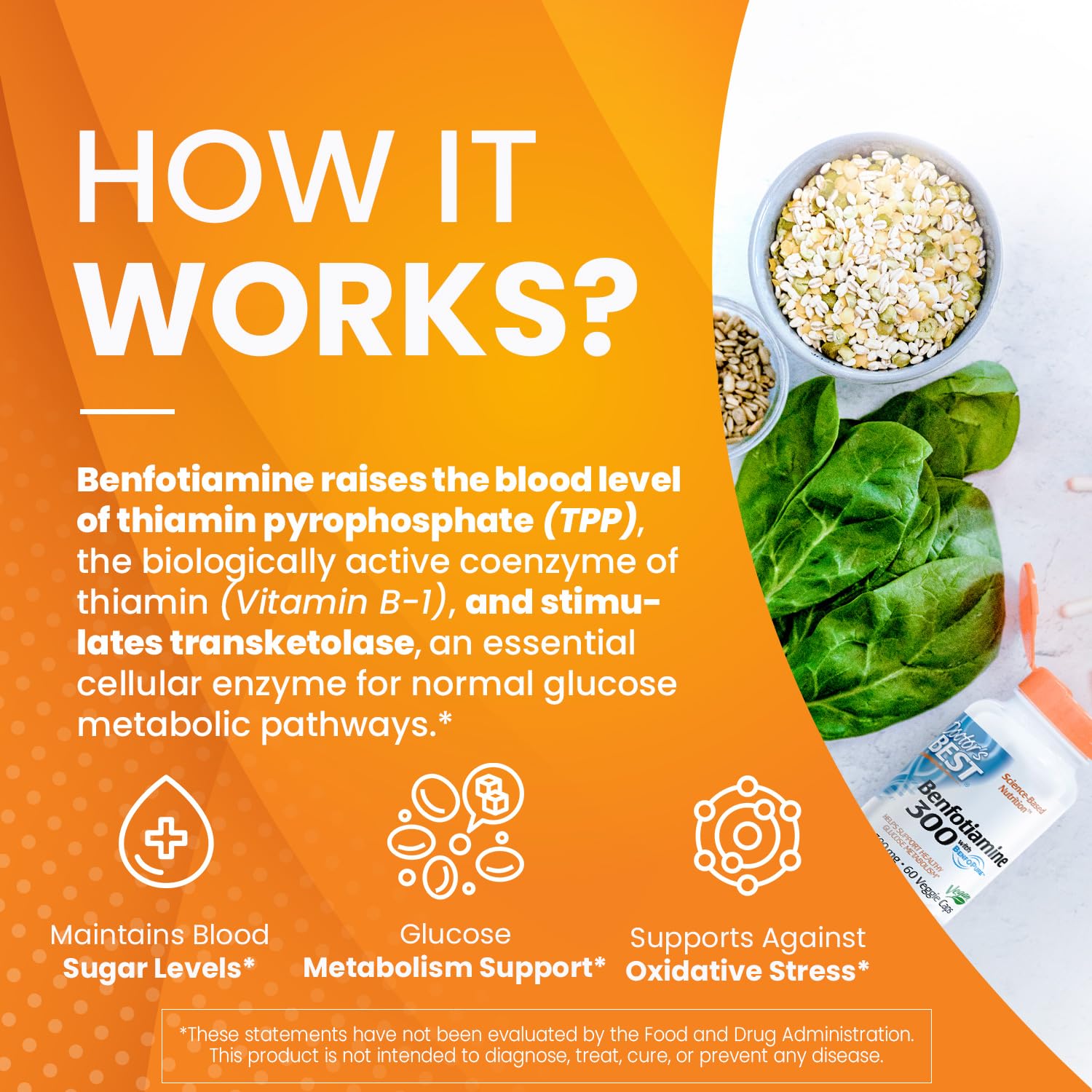









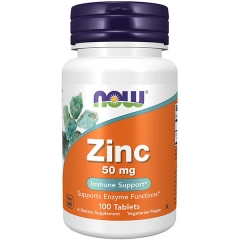
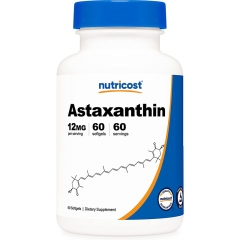

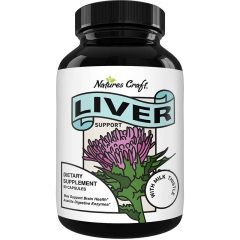
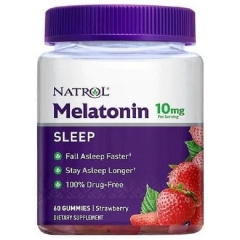
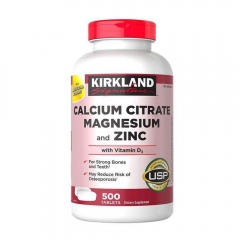

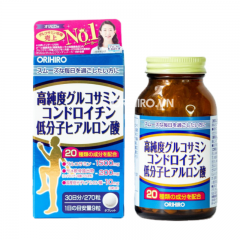

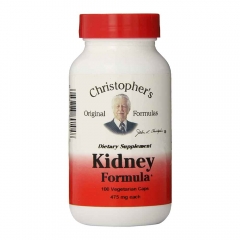

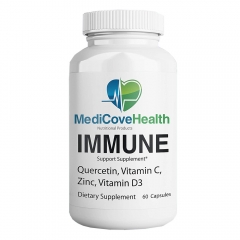




 KHUYẾN MÃI LỚN
KHUYẾN MÃI LỚN Hỗ Trợ Xương Khớp
Hỗ Trợ Xương Khớp Bổ Não & Tăng cường Trí Nhớ
Bổ Não & Tăng cường Trí Nhớ Bổ Sung Collagen & Làm Đẹp
Bổ Sung Collagen & Làm Đẹp Bổ Thận, Mát Gan & Giải Độc
Bổ Thận, Mát Gan & Giải Độc Chăm Sóc Sức khỏe Nam Giới
Chăm Sóc Sức khỏe Nam Giới Chăm Sóc Sức khỏe Nữ Giới
Chăm Sóc Sức khỏe Nữ Giới Chăm sóc Sức khỏe Trẻ Em
Chăm sóc Sức khỏe Trẻ Em Thực Phẩm Giảm Cân, Ăn Kiêng
Thực Phẩm Giảm Cân, Ăn Kiêng Bổ Sung Vitamin & Khoáng Chất
Bổ Sung Vitamin & Khoáng Chất Bổ Tim Mạch, Huyết Áp & Mỡ Máu
Bổ Tim Mạch, Huyết Áp & Mỡ Máu Bổ Mắt & Tăng cường Thị lực
Bổ Mắt & Tăng cường Thị lực Điều Trị Tai Mũi Họng
Điều Trị Tai Mũi Họng Sức Khỏe Hệ Tiêu hóa
Sức Khỏe Hệ Tiêu hóa Chăm Sóc Răng Miệng
Chăm Sóc Răng Miệng Chống Oxy Hóa & Tảo Biển.
Chống Oxy Hóa & Tảo Biển.